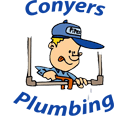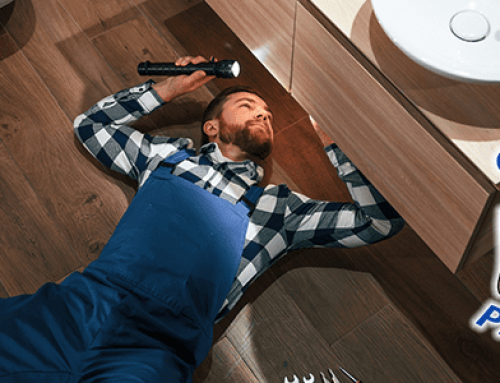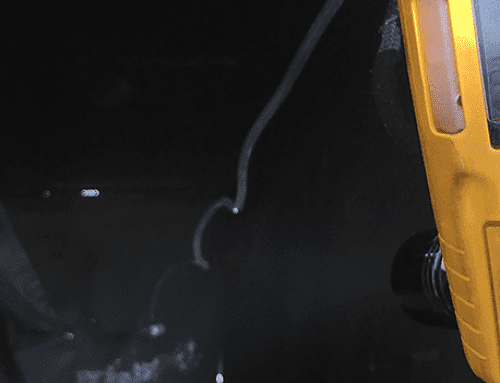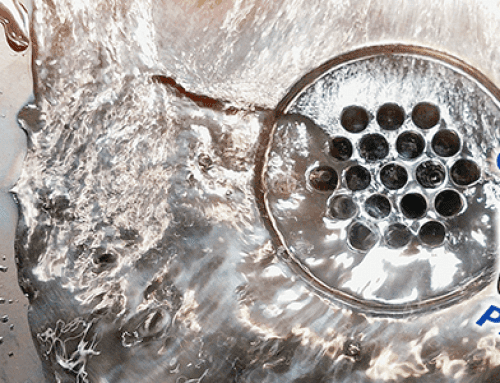Whether you are replacing your bathtub or have a drain fitting that is leaking or anything else in between, you will need to remove the tub drain in its entirety to get the job done. In this article we will discuss the tools you will need and the process for removing your tub drain. Let’s get started.
About the Drain
The drain fitting is a metal piece with a flange on the top that rests on the bottom of the tub and threads around the outside. These threads screw the drain fitting into the top portion of the pipe that connects to the drainpipe assembly.
Inside most of these fittings in a set of metal crossbars that prevent large objects from being washed down the drain. The crossbars are what you will grab hold of with your tools to remove the drain. Note that if you do not have these crossbars, you will need a different tool than what is discussed here. This tool is called a drain extractor and can be picked up at your local hardware store. However, once the extractor is set in place, the removal process is essentially the same.
Tools
Before you get started, you will need to gather your tools. You will need:
- Small flathead screwdriver
- Plug Wrench (or drain extractor)
- Adjustable Wrench
- Locking Needle-Nose Pliers
- Standard Pliers
- Cleaning Rag
Removing the Drain
Firstly, remove the screen or stopper from the drain. If the drain has a screen, you can usually easily lift it from the side with the edge of a flathead screwdriver. If there is no screen, then you most likely have a stopper in the drain opening. How you remove the stopper depends on the type. Most stoppers can either be unscrewed themselves or with a setscrew. However, stoppers that operate on a lever require a little more effort. You will need to detach the metal rocker arm that extends into the drainpipe with the flathead screwdriver, then carefully remove the stopper and rocker arm from the drain.
In the plug wrench (or drain extractor) into the drain opening carefully lining up the wrench tines with the crossbar arms.
Use the wrench to unscrew drain. Now is the time to remember: righty-tighty, lefty-loosey. Unscrew the drain all the way, you can continue by hand once the drain is loose enough.
Using your locking needle-nose pliers, grab ahold of the crossbars of the drain and clamp down.
You may need to use a pair of regular pliers to grip the licking pliers so that you do not accidentally unlock the grip on the locking pliers. Slowly and carefully lift the drain out of the pipe.
After the drain is removed, use the edge of your flathead screwdriver and your cleaning rag to remove any remnants of plumber’s putty that may be around the drain opening.
Now that your old drain is out, you can move on to the next step of your project, whether it is cleaning the drain or replacing it all together or even removing the tub to replace it as well.




